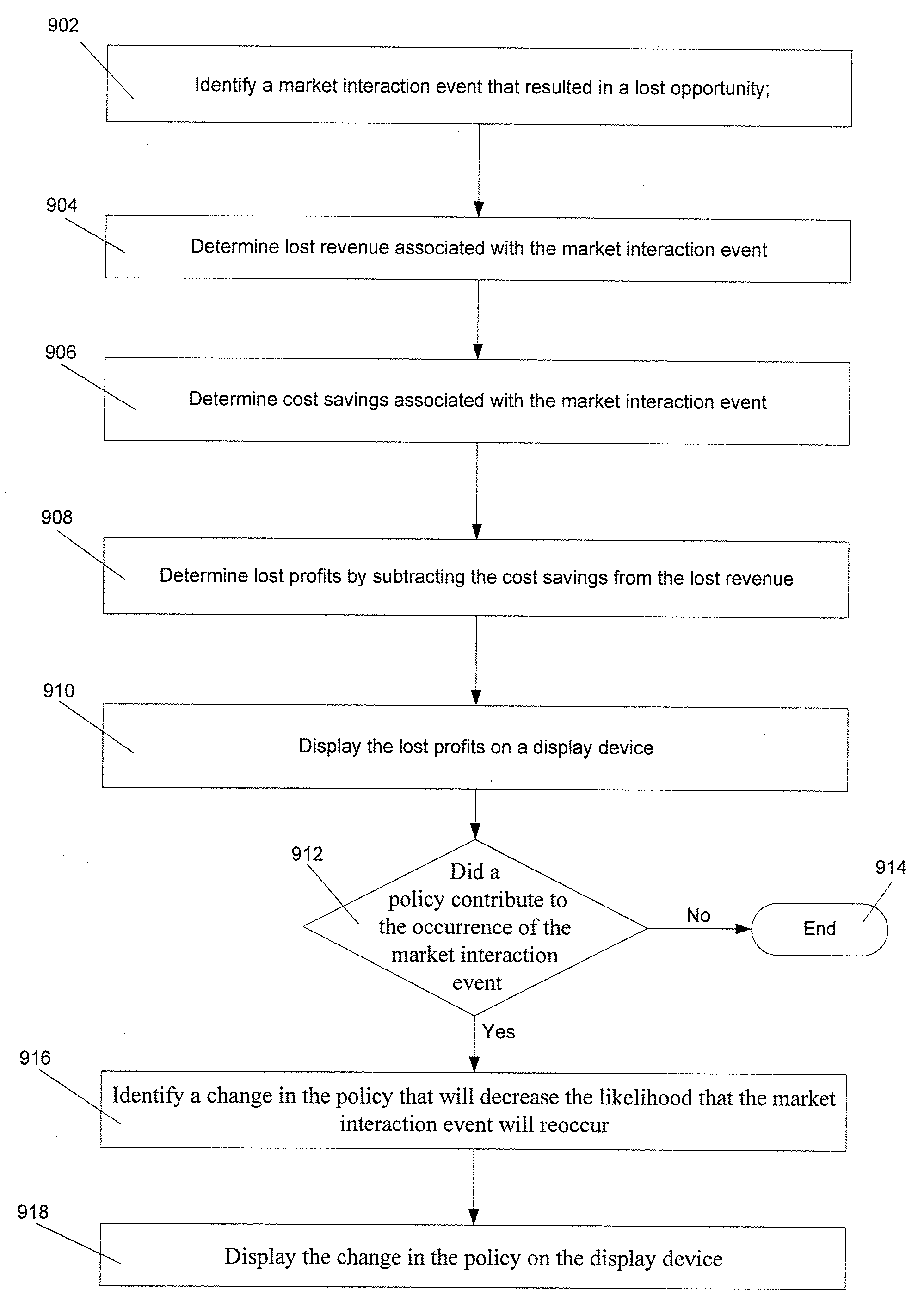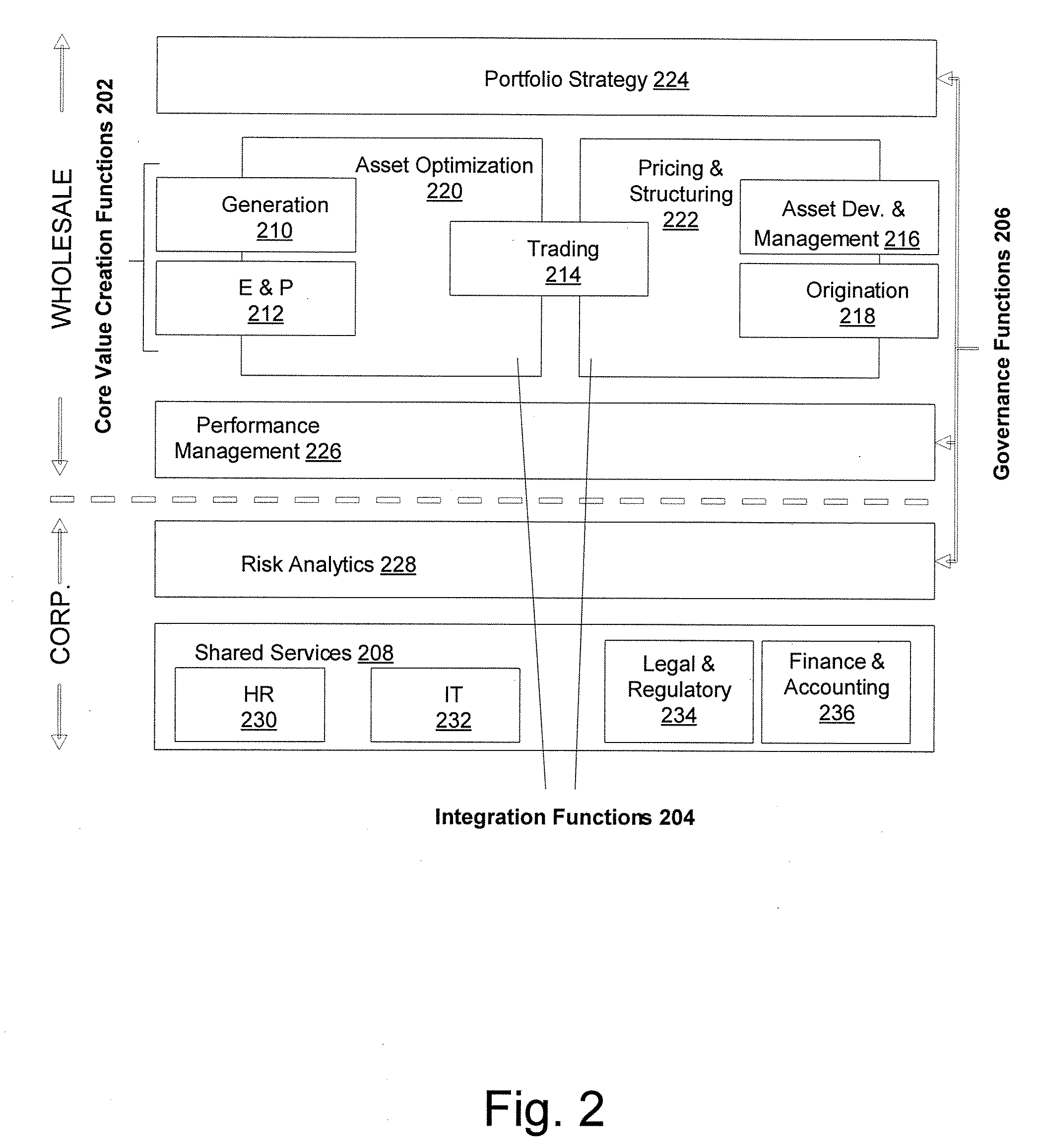Energy merchant exchange
- Summary
- Abstract
- Description
- Claims
- Application Information
AI Technical Summary
Benefits of technology
Problems solved by technology
Method used
Image
Examples
Embodiment Construction
[0019]Various embodiments of the present invention may be implemented with computer devices and systems that exchange and process data. Elements of an exemplary computer system are illustrated in FIG. 1, in which the computer 100 is connected to a local area network (LAN) 102 and a wide area network (WAN) 104. Computer 100 includes a central processor 110 that controls the overall operation of the computer and a system bus 112 that connects central processor 110 to the components described below. System bus 112 may be implemented with any one of a variety of conventional bus architectures.
[0020]Computer 100 can include a variety of interface units and drives for reading and writing data or files. In particular, computer 100 includes a local memory interface 114 and a removable memory interface 116 respectively coupling a hard disk drive 118 and a removable memory drive 120 to system bus 112. Examples of removable memory drives include magnetic disk drives and optical disk drives. Ha...
PUM
 Login to View More
Login to View More Abstract
Description
Claims
Application Information
 Login to View More
Login to View More - R&D
- Intellectual Property
- Life Sciences
- Materials
- Tech Scout
- Unparalleled Data Quality
- Higher Quality Content
- 60% Fewer Hallucinations
Browse by: Latest US Patents, China's latest patents, Technical Efficacy Thesaurus, Application Domain, Technology Topic, Popular Technical Reports.
© 2025 PatSnap. All rights reserved.Legal|Privacy policy|Modern Slavery Act Transparency Statement|Sitemap|About US| Contact US: help@patsnap.com



